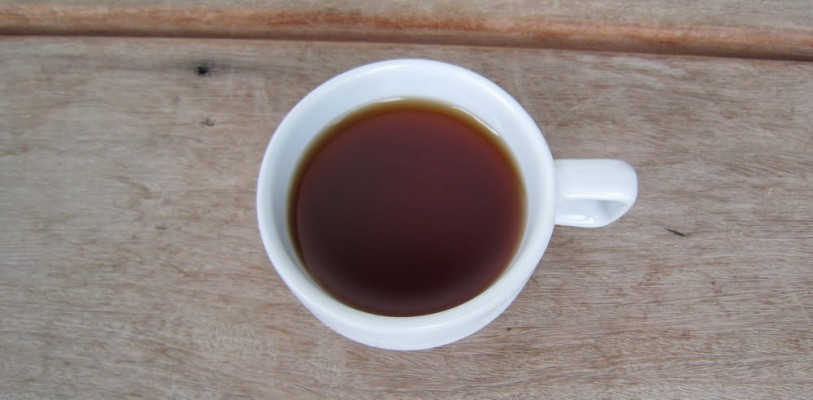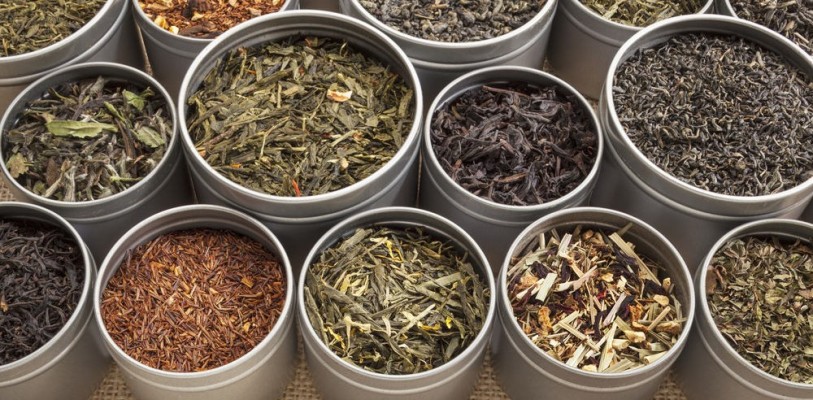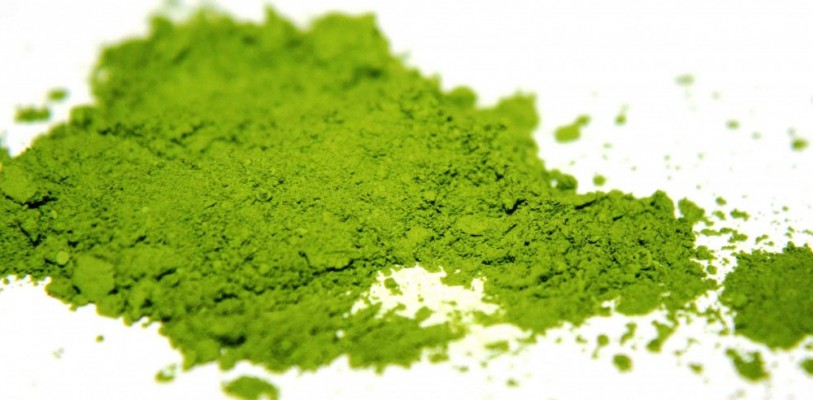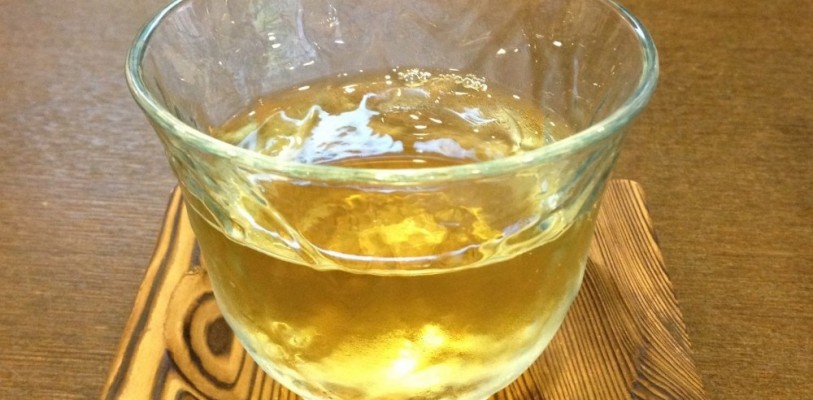
Green tea, like all teas, naturally has caffeine. The caffeine in green tea is usually half of what it is in black tea and about a quarter of what you’d get from a cup of coffee.
However, even these low numbers can still be a deal-breaker for people with high sensitivity to caffeine. So, I’ve put together some simple solutions to help you enjoy all the benefits of green tea while minimizing the caffeine side effects.
This is by far the easiest solution. Though the decaffeination process may reduce some of the health properties found in green tea, it’s better than sleep deprivation. You can still get a fair amount of catechins from some of the most popular brands of decaf green teas.
A UCLA study found that Celestial Seasoning Decaf Green Tea had 38 mg of EGCG and Salada Decaf Green Tea had 46 mg of EGCG.
Consumer Labs also did a study of popular green tea bags and had similar findings. They infused Bigelow Green Tea Naturally Decaffeinated and Salada Green Tea Naturally Decaffeinated in 250 ml of water (nearly 8 oz.) and measured for EGCG and caffeine.
They found that both teas had around 5 mg of caffeine. The Bigelow tea bags had 57 mg of EGCG and the Salada tea bags had 37 mg (See Full Table).
You may have noticed that there is a 9 mg difference in EGCG between the Salada tea bags from the UCLA study and the Consumer Labs study. There could be quite a few reasons for this.
There are two main ways that commercial green tea is decaffeinated.
This is a process in which the tea leaves are steamed and then rinsed with either dichloromethane or ethyl acetate. The leaves are then steamed again to remove any remaining chemicals.
This is often referred to as naturally decaffeinated because ethyl acetate can be found in certain fruits and vegetables. But it’s far from natural since most companies use synthetic chemicals in order to reduce costs.
The tea leaves are plunged into a carbon dioxide liquid in a high pressure chamber. The high pressure CO2 dissolves the caffeine and is then removed. This process is thought to be better because it does not use potentially harmful substances and is believed to keep 95 percent of the polyphenols.
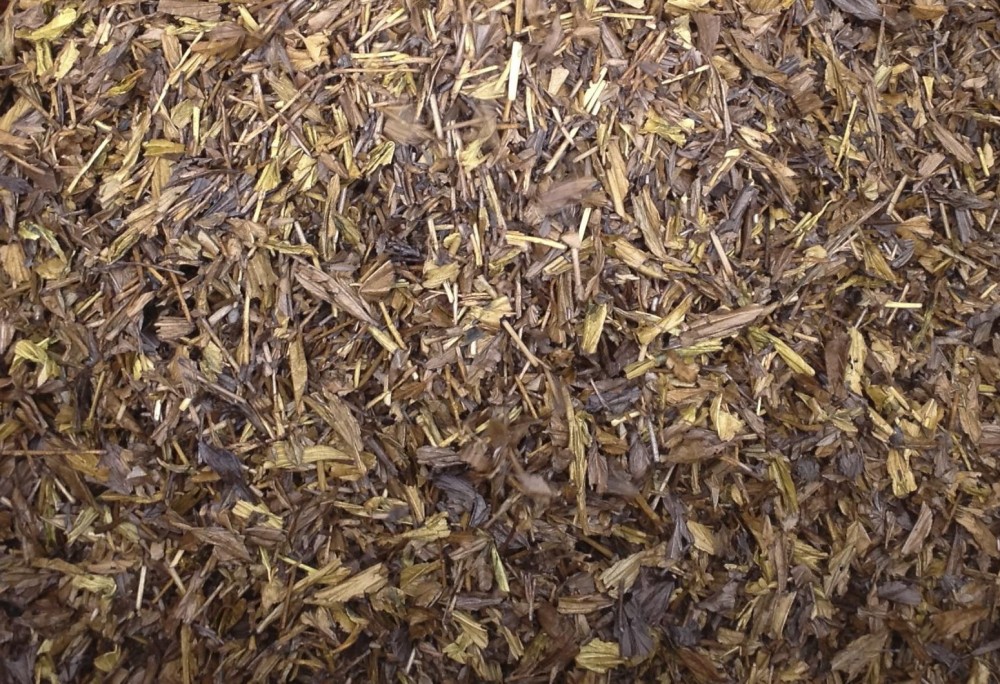 Bancha Tea Leaves
Bancha Tea Leaves
You can also remove a considerable amount of the caffeine from green tea by just pouring out the first infusion.
A study published in the Food Research International Journal found that dumping your first 5 minute infusion will reduce the caffeine content in your second steep by roughly 70%. This is because caffeine dissolves quicker than the other compounds found in green tea.
You’ll lose quite a bit of the flavor and some of the beneficial catechins, but you’ll still get a delicious cup of tea with far less caffeine.
You can choose green teas that are known to be naturally low in caffeine.
This article contains a link to DailyMatcha.com. Daily Matcha is our store where we sell green tea directly from Japan. Your purchases at Daily Matcha support our effort to keep this website free and to spread the word about green tea. Thank you!
Henning, S., Fajardo-Lira, C., Lee, H., Youssefian, A., Go, V., & Heber, D. (2003). Catechin content of 18 teas and a green tea extract supplement correlates with the antioxidant capacity. Nutrition & Cancer, 45(2), 226-235.
Hicks, M., Hsieh, P., & Bell, L. (1996). Tea preparation and its influence on methylxanthine concentration. Food Research International, 29(3-4), 325-330.
